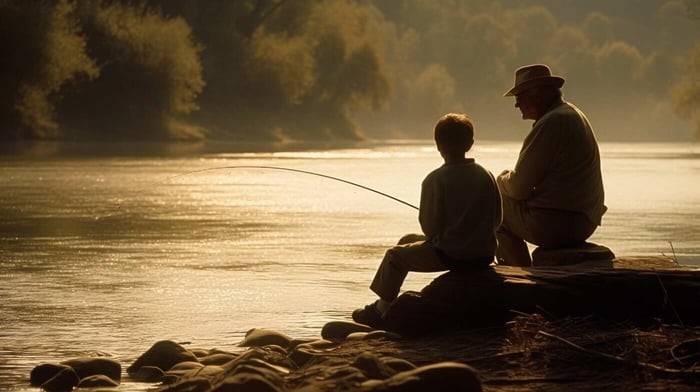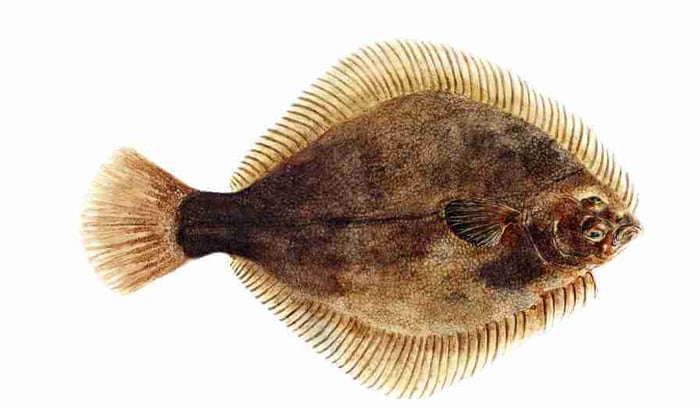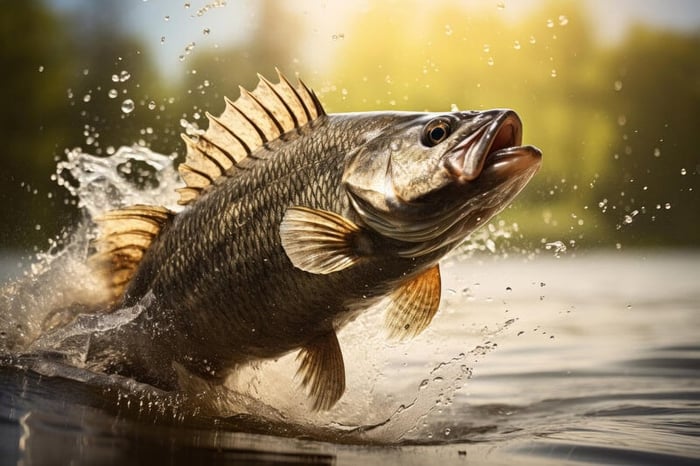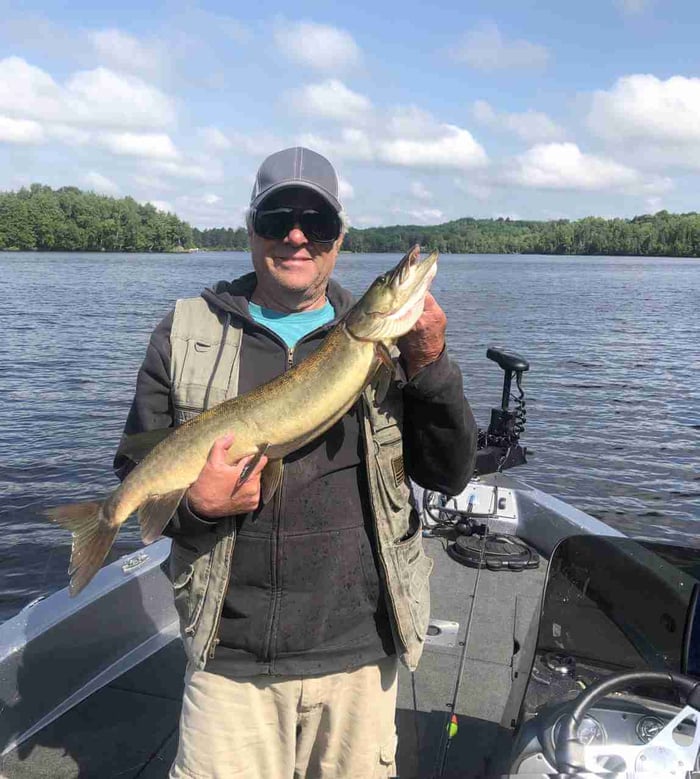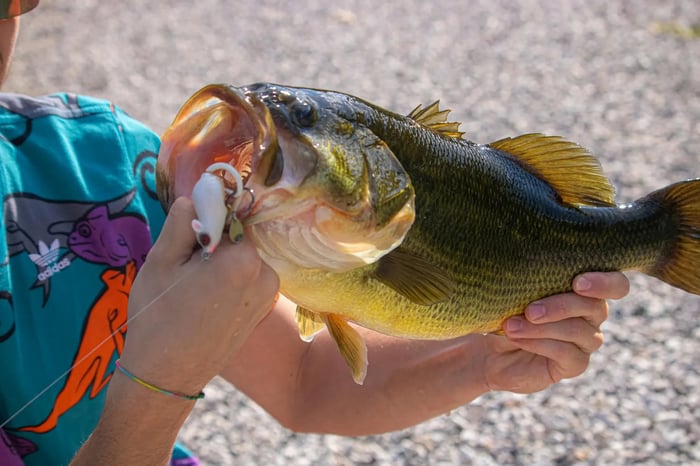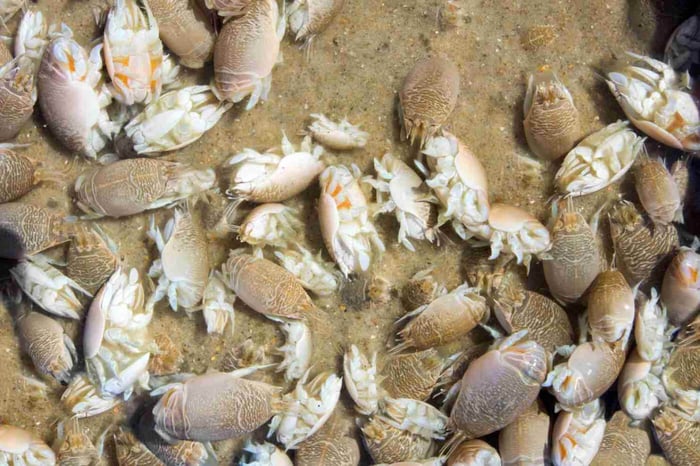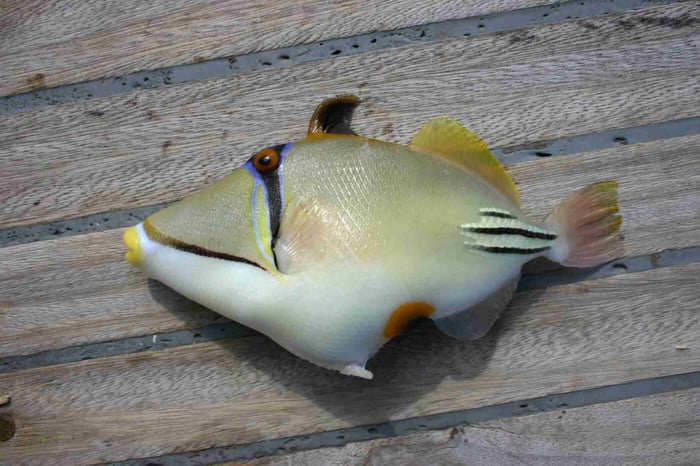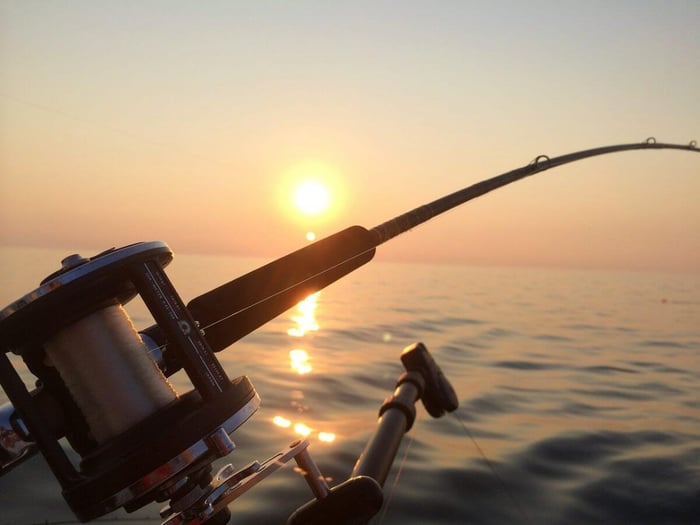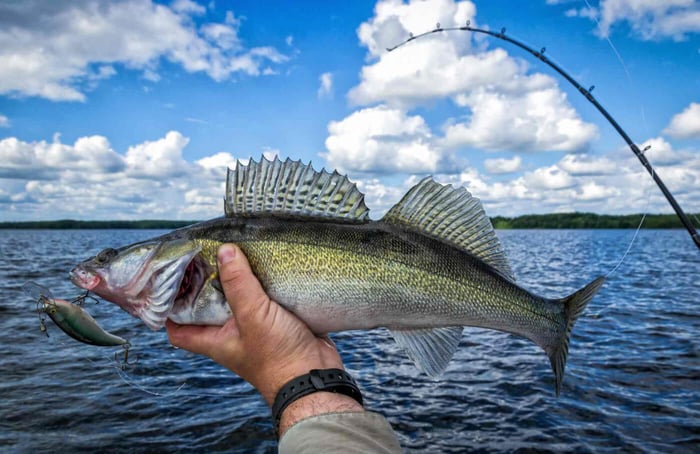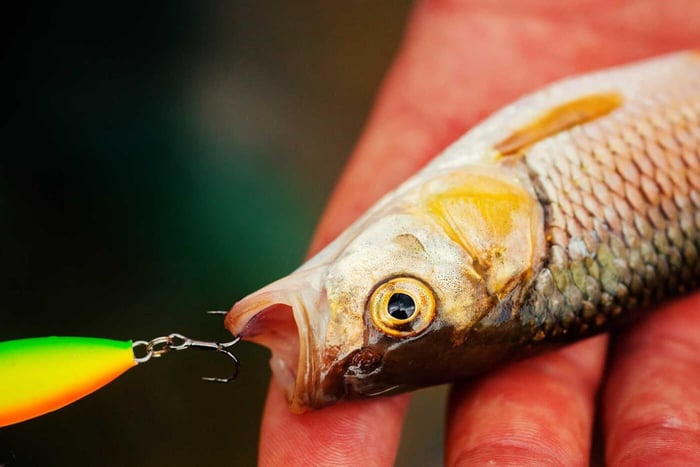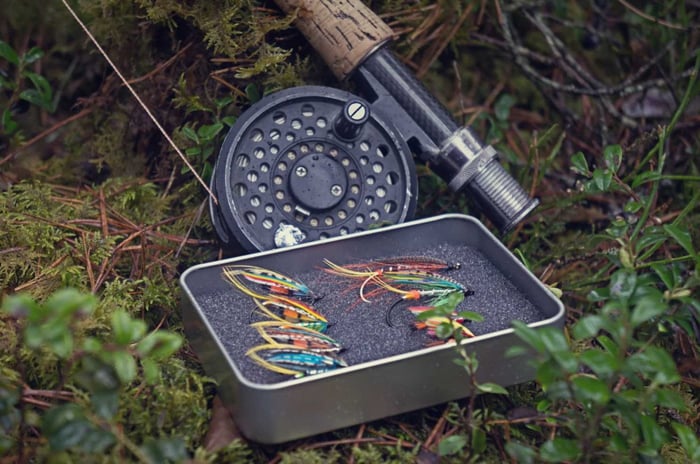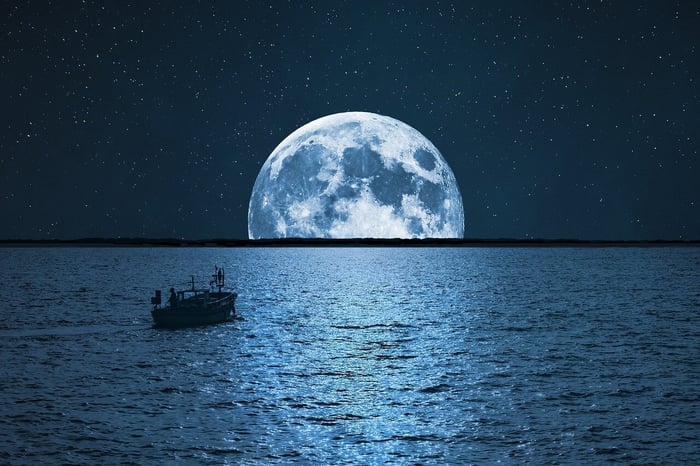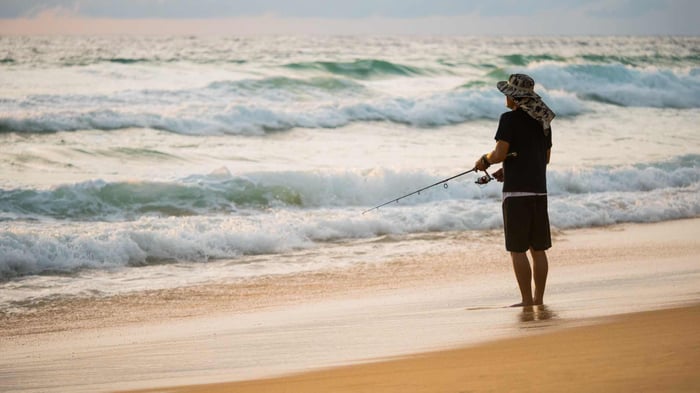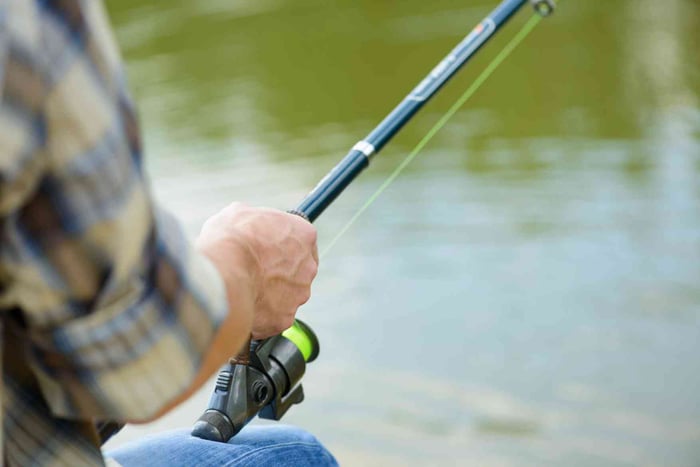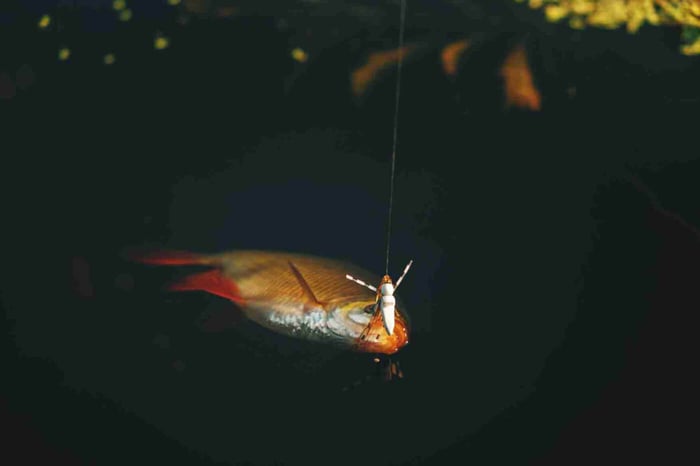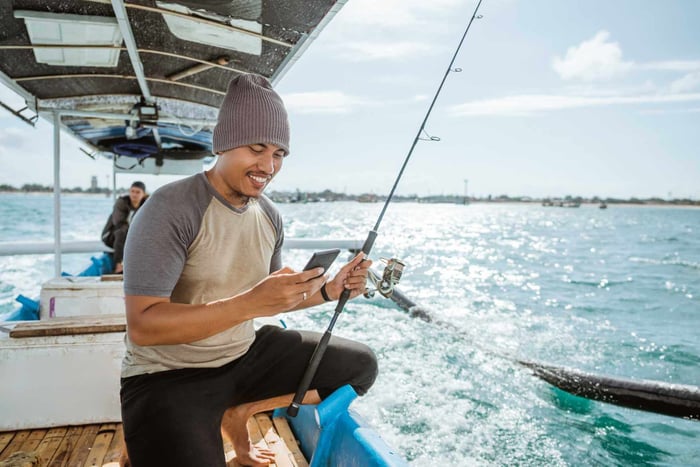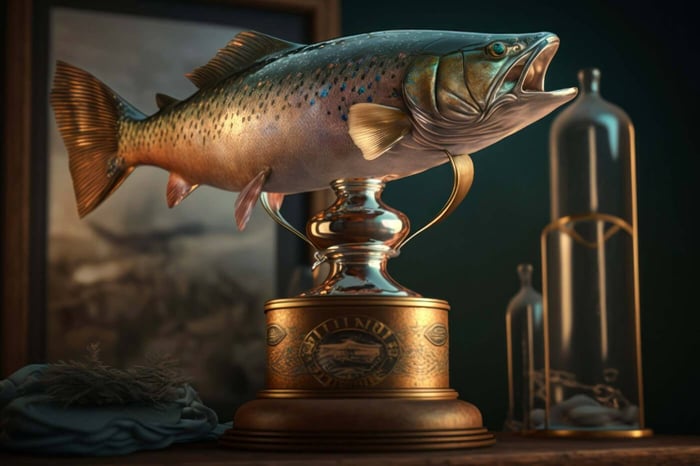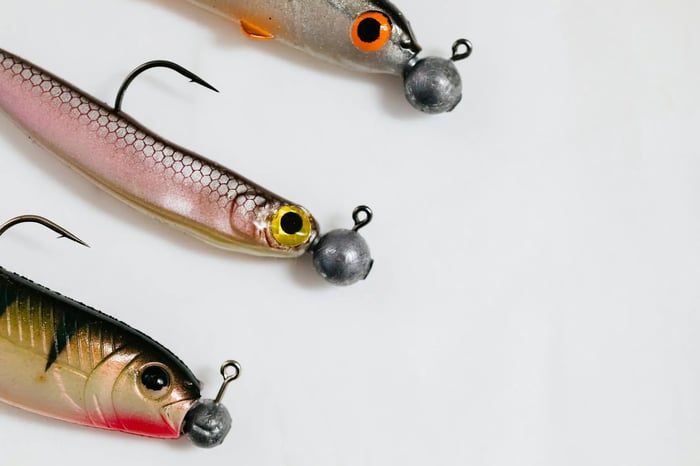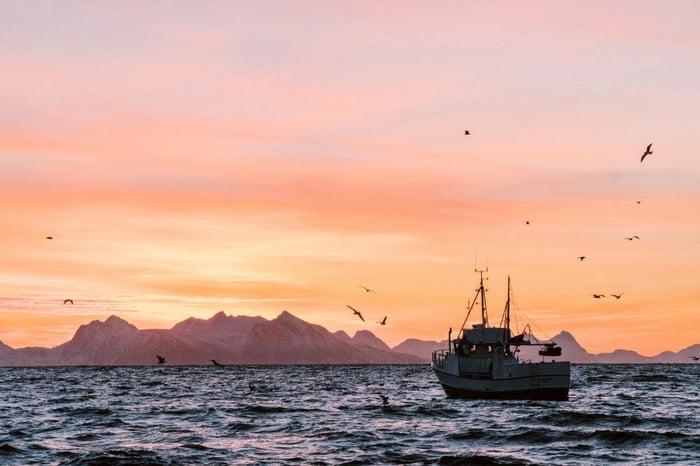Regardless of how experienced you are as an angler, you likely started bank fishing.
An excellent way to take in the outdoors and catch some fish is through bank fishing. It is simple and doesn't call for a lot of expensive equipment. An inexpensive bank fishing tackle box and rod, some bait, and some perseverance are all you need.
Access is simple and unquestionably less expensive than purchasing a boat and trailer. All levels of anglers gather on fishing piers and line jetties and stand close together below spillways only to wet a line.
You can unwind while fishing in this manner, allowing you to indulge in a passionate hobby. If you are new to bank fishing, you could discover that drawing fish into shallow water is more difficult than you thought.
Bank fishing can be your first endeavor if you start with fishing as a hobby. Fortunately, you won't need to worry about how to do it. The fundamental details you need to know to get started are listed below.
The Advantages of Bank Fishing
The main advantage of fishing ashore is clear. A boat is not necessary! You can also access bodies of water without boat ramps. You fish in rocky little streams. And finally, you can go fishing soon after work or on the way to a gathering.
You only need a license and a rod.
The Drawbacks of Bank Fishing
You can only reach at least 60% of the water if you are restricted to fishing from the shore due to a lack of a boat. You can only stroll around the lake and cast as far as possible.
Access to shore fishing, the entire body of water is limitless with a boat. You can fish in shallow or deep waters. Plastic worms and jigs cannot be fished "vertically" from the bank.
Of course, a boat is necessary for troll fishing. It can be incredibly constricting not to have a boat, yet it is possible. Continue reading to discover the finest methods for fishing from the bank.
How To Catch Fish from the Bank
As a beginner, you may not have a boat if you want to go fishing in your precious time. You can still partake in this well-liked pastime by catching fish from the bank, so don't worry.
Indicated in this part how to fish from the bank. We'll discuss the best lures, baits, and methods to improve your chances of success.

So, let's get started if you're prepared to learn how to catch fish from the bank!
Locate a Good Fishing Spot
When searching for a decent location to fish from the bank, there are a few things to remember. Finding a location with some structure, such as a submerged tree, a rocky outcropping, or even a submerged log, will help you start catching fish.
The fish frequently gather in deep water nearby, so you'll want to choose a location with that. A clean line of sight to the fish is also crucial because you want to avoid casting your line into a maze of branches and leaves.
You can move on to the next step once you've located a location that satisfies these criteria.
Setting Up Your Tackle
Without needing to buy a boat or other expensive equipment, bank fishing can be a terrific way to get outside and enjoy the sport of fishing. You may enjoy a day of fishing from the bank with just a good rod and reel, some line and bait, and some basic equipment.
However, there are a few considerations to make while setting up your tackle for bank fishing. Set up your tackle once you find a location free of obstructions and easy water access.
If you're using a spinning reel, carefully set the drag so that the fish can still move freely but not so tight that it stops the fish from pulling out too much line. Use a leader that is the proper size for the fish you are after.
Live bait is usually preferable, but if you must use artificial lures, pick ones created to look and move like live baitfish. If you do this, you'll have a better chance of getting a bite.
Last but not least, maintain your hooks sharp. Dull hooks are likelier to come loose during a fight and are less likely to enter the fish's mouth.
You'll be prepared to go on to the next phase if you consider these suggestions!
Draw Your Line
It's time to cast your line into the water once you've selected an excellent location and set up your tackle. Make sure to use a spinning rod and reel when casting. You can extend your line farther into the water by doing this.
Once your line is submerged, wait patiently for a bite. When a fish does bite, make sure you cautiously and slowly reel it in. A fish may be lost if you try to reel it in slowly.
Fish can be caught in large numbers by bank fishing. You may surely have a successful fishing excursion by following these suggestions.
Catch Some Fish
Following the suggestions above, you ought to have had success fishing. So, getting the hook out of its mouth is crucial when you've hooked a fish. To accomplish this, grasp the hook with pliers and pull it out. After removing the hook, you can keep the fish for dinner or release it into water.
Cleaning the fish is required if you choose to retain it. The fish can be gutted, and its scales removed to do this. The fish can be prepared in a variety of ways after cleaning.
Care must be taken if you choose to release the fish back into the wild. Hold the fish in the water while letting it swim away. Be careful not to hurt the fish by returning it to the water.
How to Fish Various Fish Species from the Bank
Fishing along the banks offers various species, but free-swimming ocean fish—particularly trout—are typically found in cool, clear streams and lakes rather than near the shore.

However, big bass, stream trout, and other species, including northern pike, sunfish, bass, catfish, carp, perch, walleye, and suckers, can be caught while bank fishing.
Bass
Target Location: Fish near logs, docks, or lily pads. The bass may sometimes cruise open water or between cover elements for potential prey. You may catch any bass within 30 feet of the coastline.
Time of Day: From mid-to-late afternoon until dark. Though slower, the morning can also be excellent.
Season: In the late spring, Spring until late summer. During the late spring spawn, bass will be on their beds and will therefore be very shallow. In the summer, bass will be more active when feeding and may be present close to your casting distance and range limits. Fill out your casts with some muscle.
Suggested Bait: Live bait such as worms, minnows, yellow perch, or bluegill (for more information on using these as bait, check your state's regulation), and frogs. Bass also love lures a lot. The marketing of lures to bass anglers numbers in the millions. It is best to use soft plastics, spinners, soft swimbaits, crankbaits (which can be pricy), and crankbaits for summer bank bass fishing.
Crappie
Target Location:Concentrate your efforts along the beach in water between 8 and 20 feet deep. Crappies love pockets of cooler water, and this medium depth provides them with cooler water rich in nutrients that attract aquatic insects and baitfish. Crappies also gather around cover, such as lumber and dock pilings. Fish where you find shelter if it's close to drop-offs.
Time of Day: Until sunset in the late morning or late afternoon. After dusk, crappie will still bite, but the bite will be much slower.
Season: Summer & early fall
Suggested Bait:Live bait (worms, crayfish, and minnows). More so than bluegill, crappie responds strongly to artificial lures and bait. Your best option is soft plastic jigs.
Yellow Perch
Target Location:Most yellow perch prefer shallow to medium-depth water (3–10 feet) during the summer. In considerably deeper water, you might see enormous yellow perch. Adult perch swim alone or in small groups. Larger schools typically house younger fish. Perch adores timber and dock pilings.
Time of Day: Midday to late afternoon
Season:Year-round; Yellow perch ice fishing may be really exciting.
Suggested Bait:Small minnows, worms, mealworms, wax worms, and small crayfish are excellent starter options for live bait. Jigs and spinners, which are small lures, can also work well. For yellow perch, PowerBait often works exceptionally well. Jigs and tiny spoons tipped with wax or mealworms work well for ice fishing.
Bluegill
Target Location:Deep but shallow water. Bluegills are visible in the water as shallow as 2 feet, and you can catch them in depths of more than 20 feet. Bluegills will be buried profoundly or closely bound to prominent covers like docks and lily pads on hot, sunny days. Since bluegills are plentiful, aggressive feeders and close to the shore, you can catch many fish from the shore.
Time of Day:Afternoon to sunset; the early morning hours can be acceptable.
Season:The entire year; during the spawning season in late spring, you can watch bluegills aggressively guarding their beds (nests) in shallow water. Ice fishing has certain benefits. The summer bluegill inhabits more profound to medium-depth waters.
Suggested Bait: The finest bait is live bait, such as worms, grasshoppers, mealworms, wax worms, small crayfish, and small minnows. PowerBait also performs admirably. Some small lures are effective.
Walleye
Target Location: Deep to medium-deep water. Walleye rarely swims in shallow water. The deepest water you should fish in is 15 feet or more. You might find walleye there if you are aware of any submerged rocks or structures. Since they depend so heavily on deeper water, walleye are the most challenging species on this list to catch from the bank.
Time of Day: Early in the morning or late at night. Walleye fishing is very popular at night.
Season: Year-round. The biggest walleyes appear to be caught in the fall. You can catch some of those monsters from the bank.
Suggested Bait: Minnows, shiners, yellow perch (if permitted), bluegill (if permitted), suckers, and nightcrawlers are examples of live bait. For huge walleye, one nightcrawler can be a powerful bait. Spoons, plugs, swimbaits, and spinners are a few examples of valuable lures. The main problem with walleye lures is that they work best when trolled from a boat. Trolling is not an option when fishing from the bank. From the bank, stick with live bait.
Catfish
Target Location: Relatively deep water. 8- to 15-foot-deep water has fish bait. Catfish are not dependent on the cover since they frequently explore muddy flats or gravel bottoms from the bottom. Find the channel on the bottom of the reservoir or river you are fishing in. Channel catfish will gather in this area.
Time of Day:The finest times are throughout the day, excluding the late afternoon and evening.
Season: Summer and early fall; Although it's unlikely, catfish can occasionally be captured through the ice, ice fishing from the shore is impossible.
Suggested Bait: Worms, minnows, bluegills (if permitted), and suckers make excellent live bait. However, sliced or stinky baits, such creature bait as live chicken, bluegill bits, and specially manufactured catfish baits that have been coated to smell terrible but attract the catfish may be the best options. Lures are ineffective for catfish.
Bullheads
Target Location: Medium to shallow depths of water. Usually in depths of up to 15 feet. Compared to catfish, bullheads are more inclined to hunt close to the surface. Bullheads will gather near cover because this is a favorable area for food searching. Additionally, they will search gravelly areas and flats for aquatic creatures.
Time of Day: The finest time is at night. Bullheads are particularly busy feeders at night. The afternoon and the hour before sunset are also great times to succeed.
Season: Early autumn and the summer. To get the finest bite, stick to warm summer nights.
Suggested Bait: Live bait, primarily minnows, and worms. I've always caught the biggest bullheads on minnows. Cut baits, dead baits, and stink baits can all be effective. Effective bait for brown and yellow bullheads is hot dogs.
Carp
Target Location:Shallow water. Carp spends almost all their time in shallower water and digging through the dirt for food. Carps are easily identified because they frequently create big mud clouds, their faces buried in the muck, and their tail fins poking above the surface.
Time of Day:Dawn to early evening. On occasion, midnight carp fishing can be very successful.
Season: The best seasons are summer and fall.
Suggested Bait: Cut bait fish, worms, maize, cheese, bread, and dough baits. All work nicely. The most effective baits are dough baits.
Chain Pickerel
Target Location:Especially close to shore in shallow to moderate water. Like any other game fish, pickerel are known for their fondness of weeds. The primary areas will be weeds and lily pads. They will also hunt near wood. Chain pickerel are frog-loving ambush predators. Chain pickerel can be found most likely where frogs are.
Time of Day:Late afternoon and nighttime work well. Some anglers had great success at night as well.
Season:All through the year. Pickerel loves the ice, but bank anglers should wait to try it. The most significant times of year to catch pickerel from the bank are in the summer and early fall.
Suggested Bait:The best live bait is minnows, yellow perch (if allowed), bluegills (if allowed), and suckers. The most effective bait for chain pickerel is frogs. Frogs can be used as live bait in most places, but you should clarify this with your state's fishing regulations. Additionally, frog-impersonating lures are the best and work brilliantly. From the shore, perch and minnow presentations are effective.
Trout
Target Location: Although you can catch trout in lakes and reservoirs, streams and riverbanks are the finest places to catch trout. Start by looking for slow water. Water-filled areas (pools) where the deeper water slows the water flow. The trout will hold in this area. Brook trout can thrive under banks as well.
Time of Day: Both early in the day and late in the day are ideal.
Season:Trout season lasts all year but is most popular in mid to late Spring.
Suggested Bait: Live bait works well, such as minnows, worms, mealworms, and grasshoppers. Some little lures are also effective. Fly fishing is the most effective method for trout fishing from the bank. Fish will eat nymphs, wet flies, and dry flies. Pick up a fly rod to use something other than worms for fishing. It'll be the most enjoyable. Some advice against fly fishing from the shore if the bank is heavily forested. If you're not extremely careful, fly fishing will result in many snagged branches. Spinning tackle and live bait is a better choice in that situation.
Tips for Bank Fishing
Follow these bank fishing tips to increase your catch ratio, and make sure you don't leave the day empty-handed, whether you walk along the banks looking for nice fishing areas or have a favorite spot where you fish all day.

1. Put on dark clothing.
We must pay more attention to how good the eyesight of bass and other fish has. Don't wear loud colors. Wearing muted colors like browns, blacks, and greens will help you blend in with the surrounding trees and shadows.
It would be best to wear white or light blue to match the skyline if you are fishing in a lake without any tree cover.
2. Be careful of your movement.
Move gently along the bank to avoid drawing the attention of close fish. Reduce jerky and irregular motions as much as possible; this is sometimes simple with children.
Also, remember that the vibrations from your footsteps and any items you drop could frighten fish. The same goes for loud music or conversation.
3. Cast close, but not on visible fish.
Cast a few feet in front of any fish you see. Casting directly at the fish will probably startle them, so avoid doing so. By putting your bait in front of the fish, they will be able to see how it got there without becoming startled.
4. Cast upstream and reel quickly to avoid the line becoming tangled.
If you're fishing, cast your bait upstream into a stream or river, and let the current carry it downstream to the fish. Start carefully reeling the line in as it passes you. It will only cause your line to snag if it gets too close to the bank stream.
5. Add only a few insects to the water.
Frogs and insects frequently lie in wait along the shorelines of waterways. Fish will notice if numerous insects or frogs jump into the water at once as you walk.
As you approach the sea, move carefully and try to minimize the number of creatures that dive into the water.
6. Track your equipment.
The grass may hide your equipment. Rocks also do. Some mishandled their equipment often and lost lures, hooks, and nets.
7. Attention to the cover.
Although it is pretty straightforward, this one is nonetheless important. Fish prefer shelter, so aim your casts toward areas with obvious covers, such as docks, boats, and trees.
8. Attention to wind and shaded areas.
Look for environmental signals that direct you to fish in water without visible cover. Fish will flock to shaded water in search of protection from the sun.
An excellent area to look at is where the wind is sweeping the corner of the water. Nutrients, plankton, and small fish are frequently blown toward the right corner of the water when the wind blows to the right. This will draw game fish.
9. Know the topography of the bottom.
Be aware that the bottom topography your bait is going over is gradually growing shallower as you reel it in.
You must reel the bait in more quickly when using heavy bait, such as a spoon, to prevent it from hooking the bottom.
10. Casts at a 45-degree angle.
Don't simply throw your bait out in front of you. You will briefly fish each striking zone or depth as you reel your bait. Cast your baits at a 45-degree angle instead. This will guarantee that your bait will linger at the fish-finding depth for more time.
Additionally, stressed fish are particularly skeptical of "food" that swims up from the depths and directly to the beach. This can raise a warning in the fish's mind.
11. Fish bridges.
Remember that because they provide shade and shelter, bridges can be excellent locations to fish under and off of.
12. Grab a net.
Using a long-handled fishing net might prevent losing fish at the water's edge. This is especially true for banks covered in thick vegetation.
Start Bank Fishing Now!

Never use a lack of a boat as an excuse for not fishing. From the convenience of the banks, you can still catch a lot of fish!
You should be aware of a few things if a bank fishing trip is something you're considering. You must first locate an excellent location. Find likely fish-filled areas, such as those near drop-offs, inlets, or weed beds.
Set up your equipment once you've located a suitable location. A rod and reel, line, hooks, and bait are required. Live bait is typically the greatest, but you can also use lures.
Now that you know the fundamentals of bank fishing, try it yourself! You may come to appreciate this peaceful and relaxing pastime.
